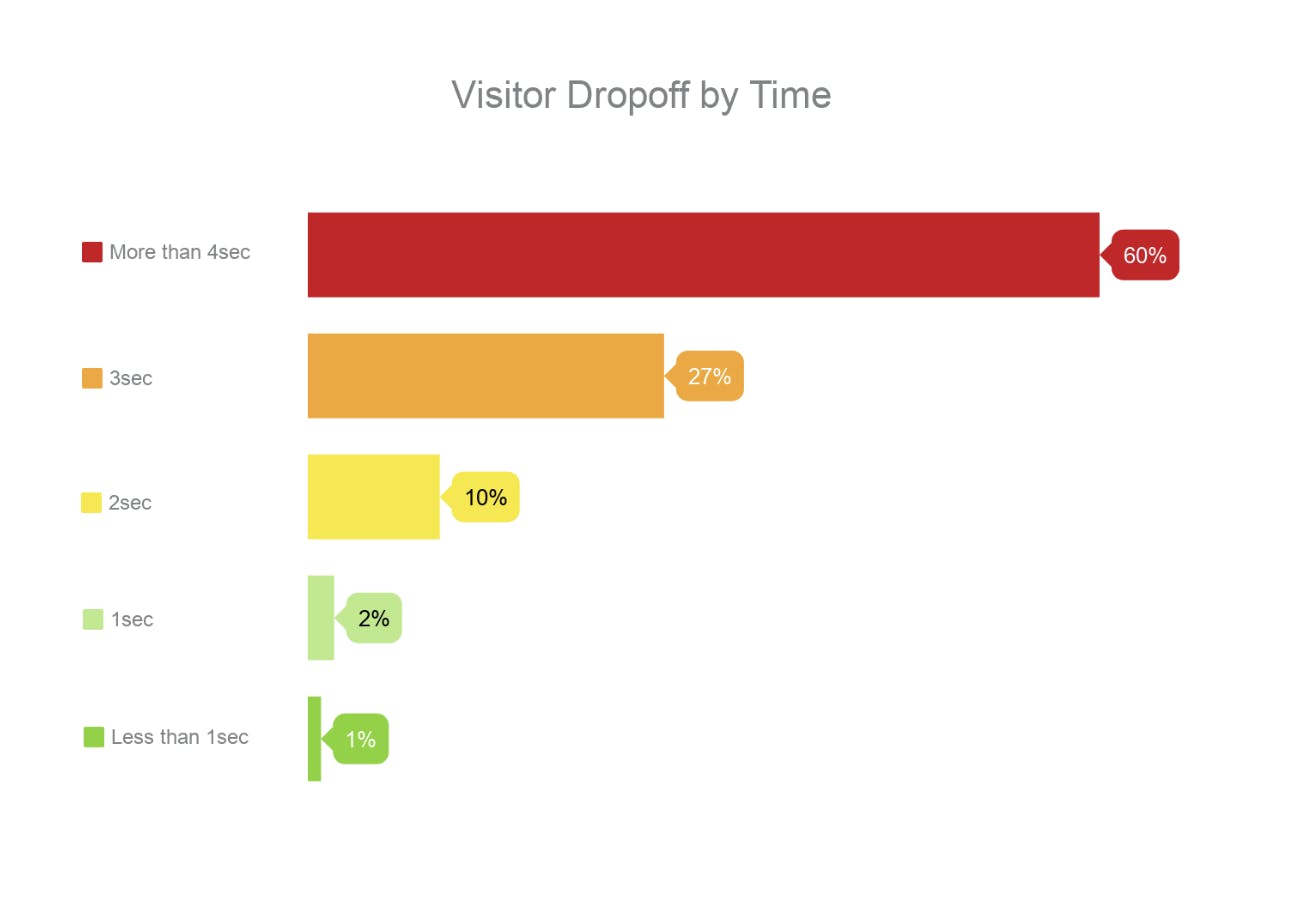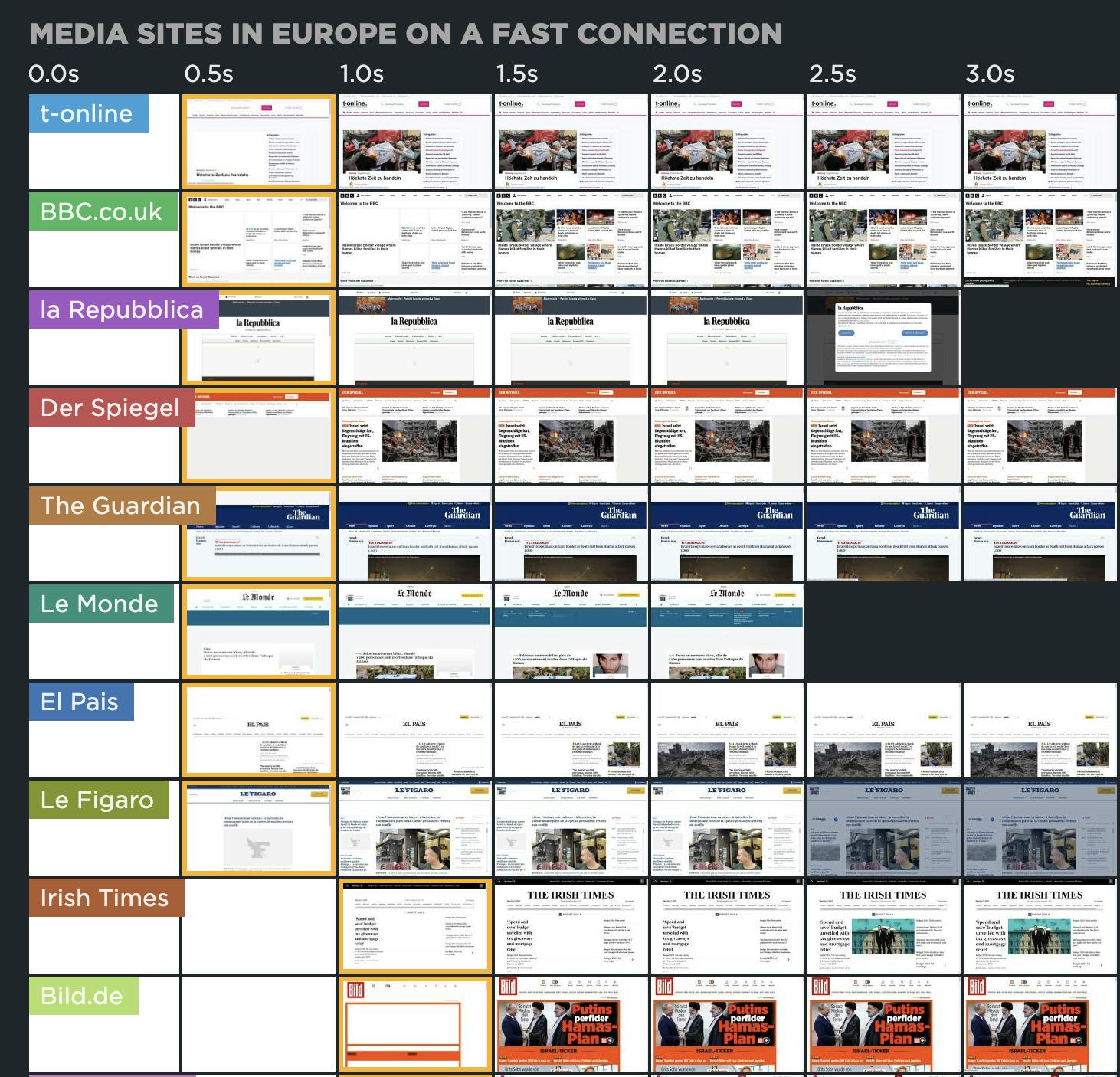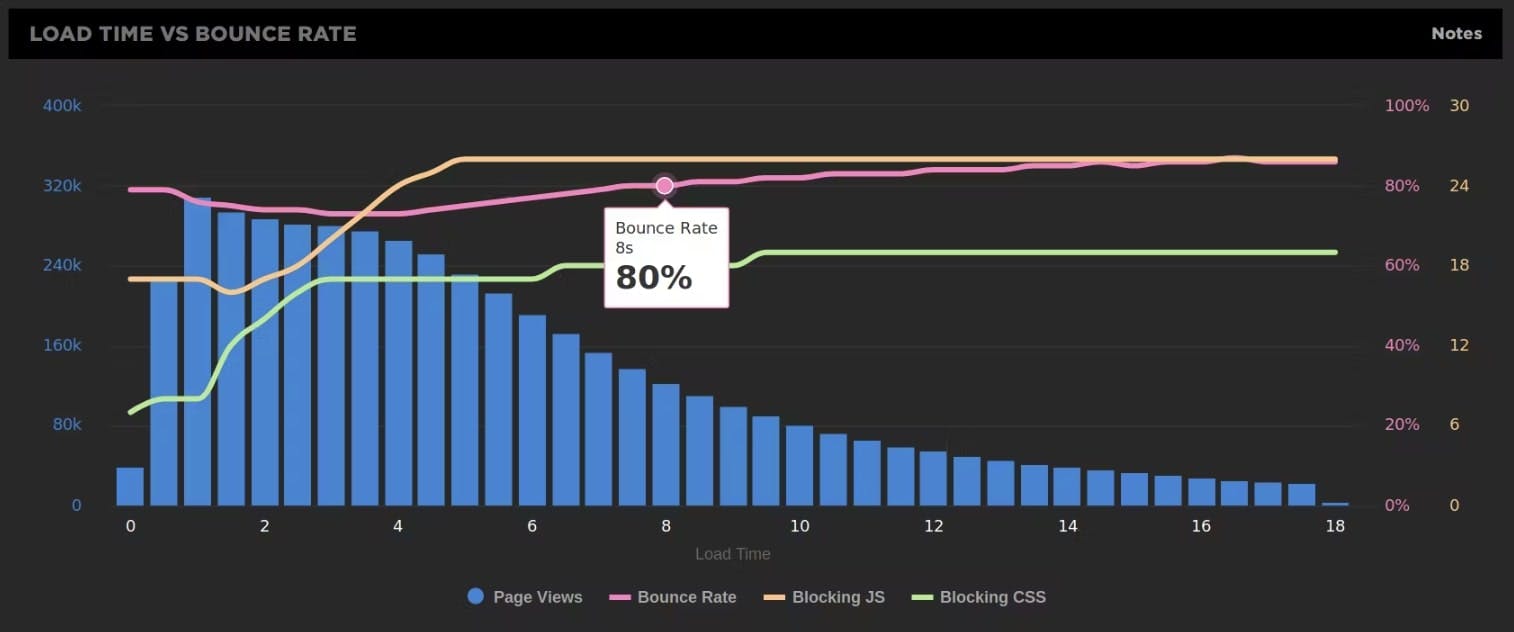Introduction
The implementation and management of performant websites and applications require a sound understanding of underlying psychological principles, which ensure user engagement and satisfaction. Performance extends beyond technical aspects and firmly roots itself within user experience and psychological contentment.
Immediate response: A psychological necessity
According to a research by Robert B. Miller in 1968, a response time of under two seconds is pivotal to maintaining user engagement and concentration. Any delay or wait time exceeding this threshold not only disrupts the user's concentration but also significantly impacts productivity and general user experience, thus affirming the necessity of swift, responsive design in digital interfaces.
The Psychology of flow in user interaction
Flow, as characterized by Mihaly Csikszentmihalyi, refers to the psychological state achieved when an individual is fully immersed in an activity, exhibiting a heightened focus and optimal performance. Interestingly, flow predominantly emerges not from leisure but through intense concentration on a complex task. In the context of digital interactions, maintaining flow becomes crucial. Slow application or page responses can disrupt this cognitive state, resulting in user frustration and dissatisfaction.
Our friends from Hostingmanual say that "40% of visitors would leave a website if they had to wait more than 3 seconds. You can see in the below diagram how the jumps increase exponentially."

Also, they found that “When it comes to user experience, a website’s loading time is one of the deciding success factors. The patience of visitors is steadily decreasing. Most of them will abandon a site if it doesn’t load within 3 seconds. For a business that means lost sales, leads, and opportunities. It’s a real sales killer.”

User perception and memory of load times
It is imperative to consider not only the actual load times experienced by users but also the perceived and remembered load times. The impact of a user’s experience, particularly a negative one, can have lasting impressions and consequences. Thus, an unoptimized, sluggish website or application may not only jeopardize a single user interaction but can also deter future engagements.
Economic implications of performance
From a financial perspective, optimal website performance becomes crucial. Studies indicate that 79% of users who are dissatisfied with website performance are less likely to return. Furthermore, to establish a perceptible difference and win clients, your platform must perform at a speed that is at least 20% faster than competitors, ensuring not only retention but also acquisition of user traffic.
Engagement graphs provide a histogram representation of your entire user traffic, segmented into groups according to initial rendering and loading times. Additionally, an overlay illustrates the bounce rate associated with each of these groups. This enables a quick overview of the correlation between page speed and user interaction.
Continuous performance monitoring
Continuously monitoring the performance of websites and web services ensures the early detection and mitigation of potential performance issues. By identifying trends and recognizing the impact of third-party elements, effective performance monitoring can ensure user experiences are consistently optimal. Additionally, user monitoring provides a detailed analysis of actual user interactions, detailing specific pain points and potential areas for enhancement.
Numerous complimentary online resources, such as GTmetrix, Pingdom, and Google PageSpeed Insights, are available to scrutinize your website and offer suggestions to enhance its performance.
Faster sites have been proven to have lower bounce rates, higher conversion rates, bigger shopping cart sizes, and happier users. In these dashboards from SpeedCurve you can see how they ranked industry-leading websites based on how fast their pages appear to load, from a user’s perspective.

Conclusion
The psychology behind performant websites and applications holds significant influence over user satisfaction and overall digital experience. By understanding and implementing principles that cater to psychological expectations and boundaries, designers and developers can cultivate a user-friendly digital environment that ensures both user retention and engagement.
Sources for this article:
Csikszentmihaly, M. (1990). FLOW: The psychology of optimal experience.
Akamai. (2009, September 14). (Akamai reveals 2 seconds as the new threshold of acceptability for ecommerce web page response times.)
Miller, R. B. (1968). Response time in man-computer conversational transactions.
Everts, T. (2015). Time is money. Sebastopol: O’Reilly Media.
Speedcurve - Engagement charts: See correlations between performance and user engagement
HostingManual - 3 Seconds: How Website Speed Impacts Visitors and Sales
The successful warrior is the average man, with laser-like focus.


